Jerusalem and the Crusades
The Crusades are an extraordinary and fascinating period for anyone intrigued by history, particularly in the context of Israel (or what was then referred to as ‘the Holy Land’). Some scholars argue they were a pilgrimage whilst others see them as a Holy War. Much has been written, and can still be written, about these military expeditions but for those who want the basics, this article is an attempt to explain some of the major events that occurred over these centuries, and how they impacted Jerusalem.
A Crusader in the Army Museum, Paris. Photo by Jeremy Bezanger on Unsplash
We don’t promise here to give you all the answers (we couldn’t, even if we wanted to!)...rather look at a few of the important questions dealing with the long and arduous journeys undertaken by nobles and knights, all the way from northern Europe to Jerusalem....and what transpired when they finally reached the Levant. Today, we’re going to focus primarily on the First Crusade (scholars are still arguing about exactly how many there were) and the impact it had on Europe and the Levant.
So what exactly were the Crusades?
Essentially, from the perspective of the Christian history timeline, the Crusades were a series of religious wars/military expeditions that took place between Christians and Muslims. They began in the 11th century and were instigated by Western European Christians who were angered by centuries of Muslim rule. Supported, and often directed, by the Latin Church, the best known of them are the ones directed towards Jerusalem, between the period of 1095 and 1281.
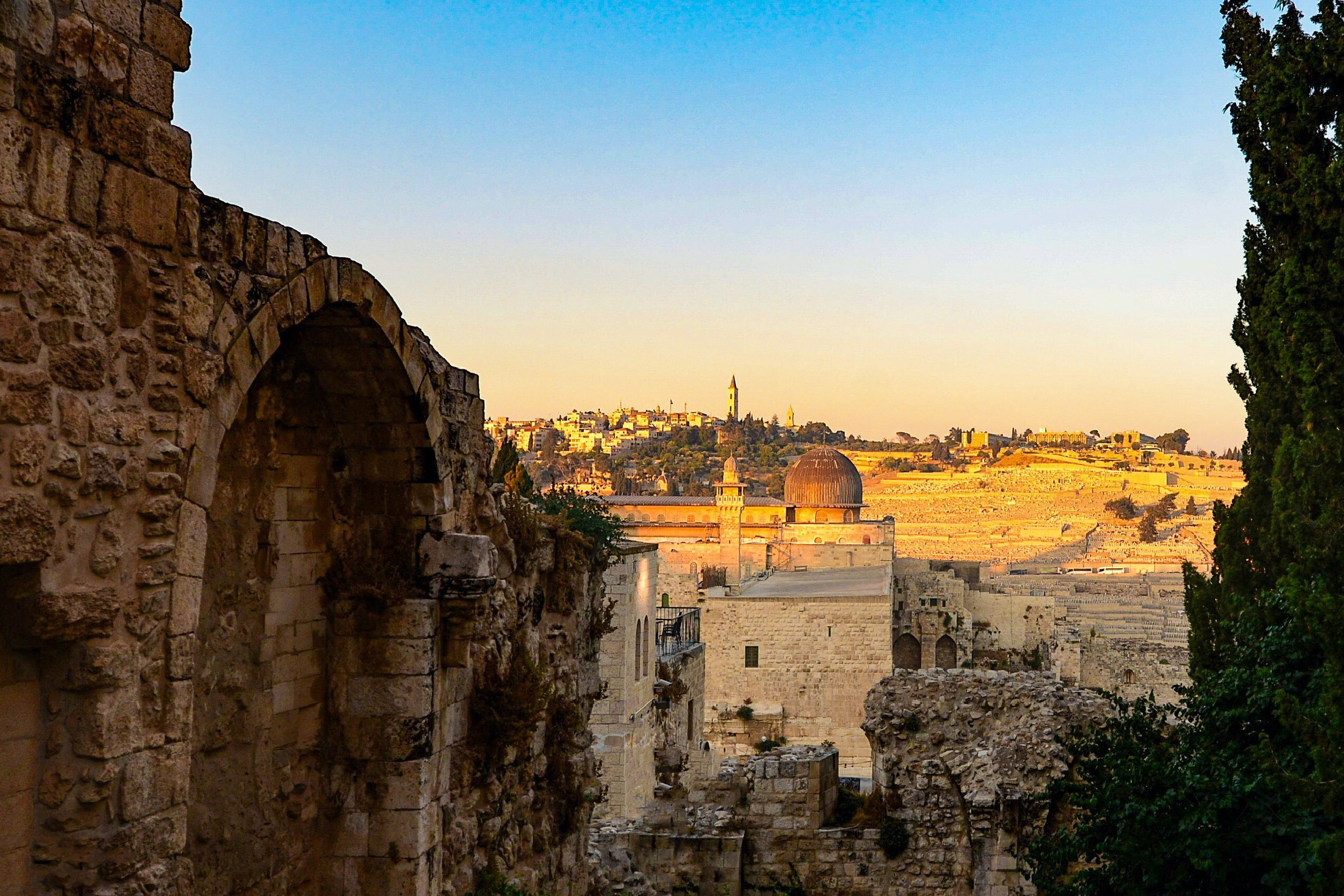
Sunset in the Old City of Jerusalem. Photo by David Holifield on Unsplash
In 1009, the Church of the Holy Sepulchre needed to be rebuilt, after being destroyed by the Caliph of Egypt, Al-Hakim. Subsequently, Christian pilgrims were free to visit the church. Around 1077, Muslim Seljuk Turks took control of the Holy Land, and it became harder for Christian pilgrims to visit there and rumors of pilgrims’ mistreatment spread. Soon, the Byzantine Emperor Alexius, who feared that the Seljuks might soon invade his land (and reach the Christian city of Constantinople) reached out to the Pope, appealing for help.The call to arms by Pope Urban II was heard by tens of thousands of men, young and old, across Western Europe, and apparently, his words resonated with them. “May you deem it a beautiful thing to die for Christ in that city in which he died for us” he told them. Thousands cut out red Crusader crosses and sewed them into their white tunics before setting off. For them, the die was cast - they would fight for Jerusalem, at whatever personal cost.
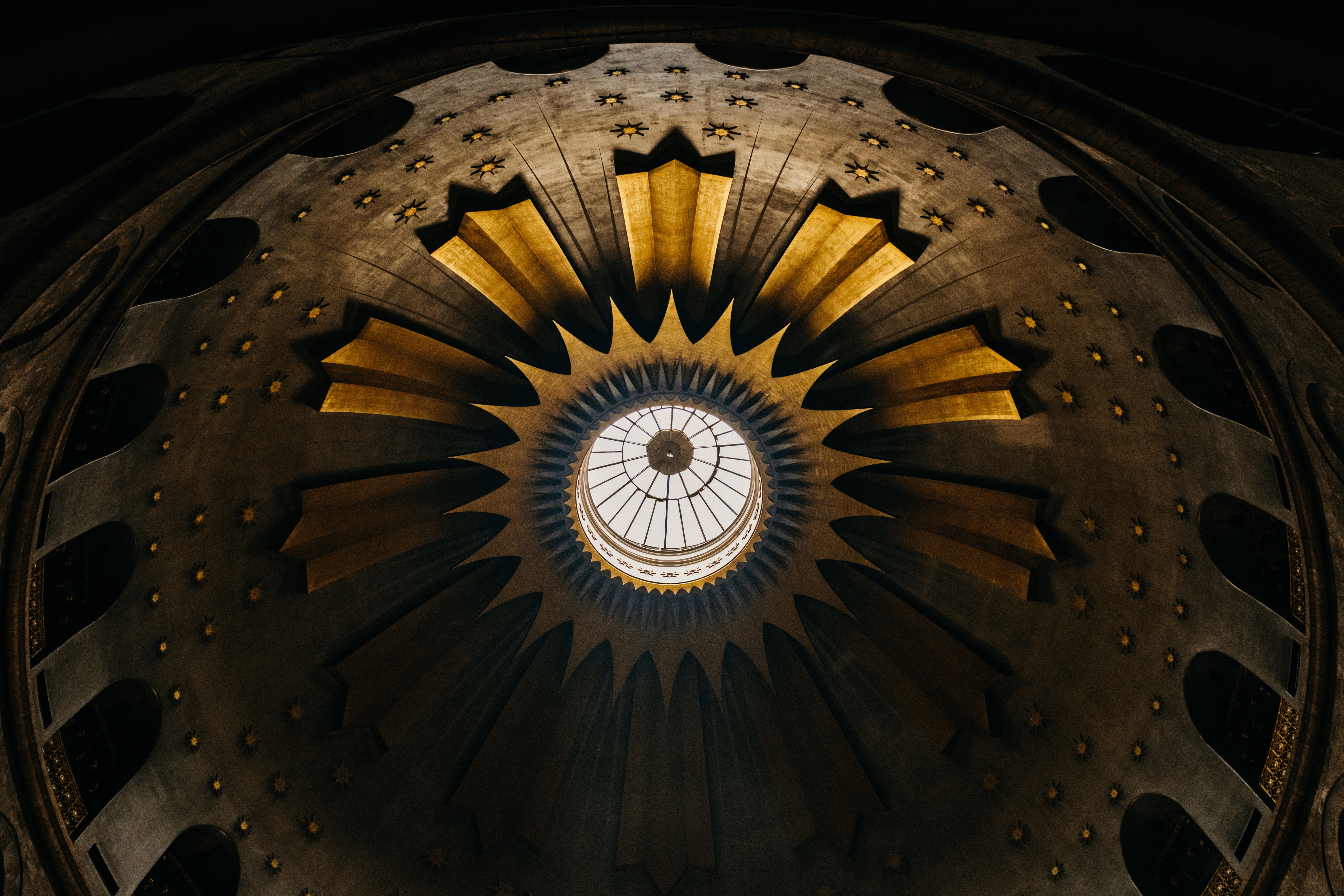
Church of the Holy Sepulchre, Jerusalem. Photo by Adam Kring on Unsplash
Who took part in the Crusades?
The popular response across all social classes was enormous - both the People’s Crusade and the Princes’ Crusade attracted no end of participants. The Crusader's journey to Jerusalem was certainly seen as a ‘worthy’ penitential privilege and a willingness to accept Papal commands was common. What we do know is that the ‘call to arms’ was spearheaded by Pope Urban II at the 10-day Council of Clermont. There he gave a rousing and impassioned speech, designed to recruit men.
As a result, many noblemen from France and England also signed up for the Crusades. Knights were particularly well represented, particularly a mysterious Order named the Knights Templar. Originally, their purpose was to protect pilgrims from danger but, over time, they ‘expanded’ their duties and became known as defenders of the Crusader states in the Holy Land. These knights were certainly brave, skilled warriors, and even today, tales of their military prowess are told to schoolchildren.
Сrusader armor. Photo by Nik Shuliahin on Unsplash
What were the motives behind the Crusades?
There were all kinds of reasons behind the Crusades in fact. Some individuals felt the need to obey the Pope, who had decreed that the Holy City of Jerusalem should be freed from Muslim infidels, in order to grant Christian pilgrims free access to worship. In the words of St. Bernard of Clairvaux: “Oh men of war, oh mighty soldier, you now have something to fight for. If you win, it will be glorious. If you die fighting for Jerusalem, you will win a place in heaven.”
Others were anxious to be forgiven for their sins since the Pope offered automatic forgiveness for anyone who signed up. Particularly for Knights, who had killed many in battle, this was an opportunity to have their soul cleansed. Serfs signed up because they were promised freedom from indentured labor. And then there were some troublesome young men who were ‘packed off’ abroad by their families.
Obviously, there were other more materialistic reasons too - if victorious, the spoils of war would be theirs, particularly in the form of land (which could always tempt knights who were not destined to inherit their father’s lands). Finally, let us not forget the question of ‘honor’. Participating in a Crusade was an opportunity to prove one’s bravery, as well as see the world and have an adventure into the bargain.
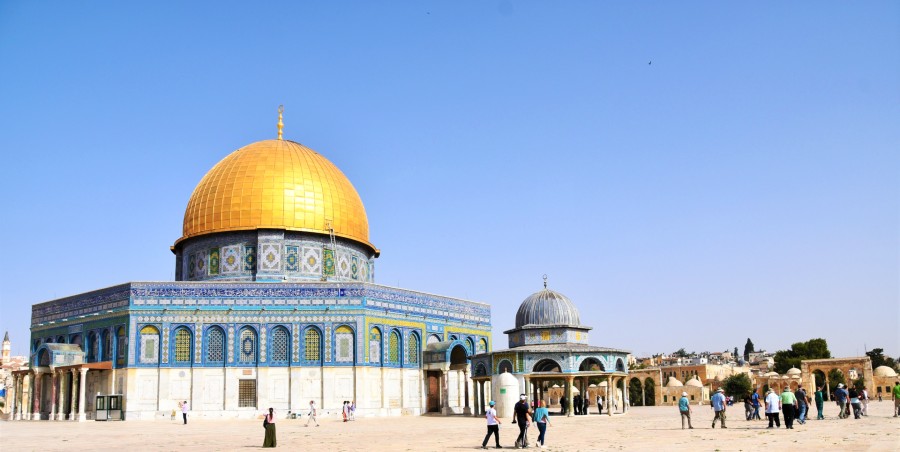
Dome of the Rock, Jerusalem. Photo by Gary Chapman on Unsplash
Why was Jerusalem important in the Crusades?
To medieval Jews, Christians, and Muslims, the Holy Land was not a mere geographical entity in the Middle East. Rather it symbolized purity and spirituality. All three faiths revered Jerusalem - for Christians, it was where Jesus was crucified, buried, and rose again. For Jews, it was where the city of King David was once captured and then made the capital of the ancient Jewish people.
For Muslims, the Dome of the Rock on Temple Mount was the place where Mohammed the Prophet was said to have flown over, on his fateful journey to Mecca. The enormous significance of Jerusalem to all three faiths in the time of the Crusades could not be underrated.
The First Crusade
The Crusaders marched across Europe, from France, Germany, and Italy, to Constantinople. After crossing into Asia Minor, they split up and began pillaging the countryside. There was an orgy of killing, in which citizens and enemy soldiers alike were massacred and even the arrival of a large Turkish army could not stop them. The Antioch fortress surrendered to the Europeans.
The Crusaders rested and reorganized for some months but their eyes were still on the great prize - Jerusalem. Although they had lost many men in previous battles, they still numbered 1,200 cavalries and around 12,000-foot soldiers. On reaching Jerusalem, they found the city to be heavily fortified and so began building three huge siege towers. A week later they were complete. The Gate of St. Stephen was first to be penetrated and, once opened, the Crusaders flooded in.
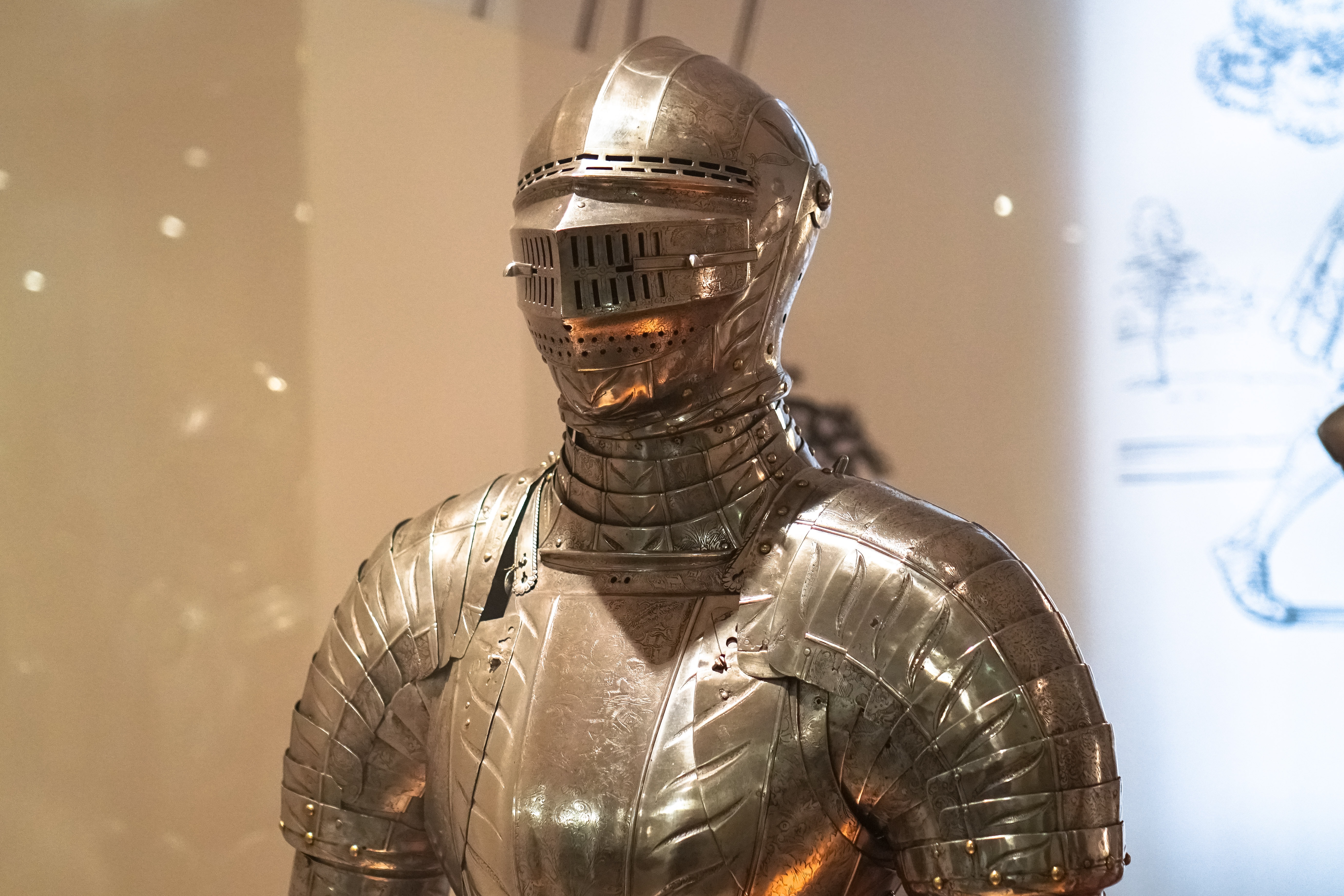
Knight's armor, the Army Museum, Paris. Photo by Jeremy Bezanger on Unsplash
In this battle, thousands of its Muslim defenders were massacred without mercy. The attack was so brutal that a Christan from that time actually claimed: “the slaughter was so great that our men waded in blood up to their ankles.’ Another eyewitness, Ralph of Caen, watched the battle from the Mount of Olives and reported, “the scurrying people, the fortified towers, the roused garrison, the men rushing to arms, the women in tears, the priests turned to their prayers, the streets ringing with cries, crashing, clanging and neighing.”For sure, having to surrender Jerusalem to the Crusaders was an enormous blow to the Muslims. Christians quickly took control of the Al-Aqsa Mosque and the Dome of the Rock. Many Jews fared just as badly - thousands hid in their synagogues but were found and killed. Soon after, the Kingdom of Jerusalem was established under the rule of Godfrey of Bouillon.
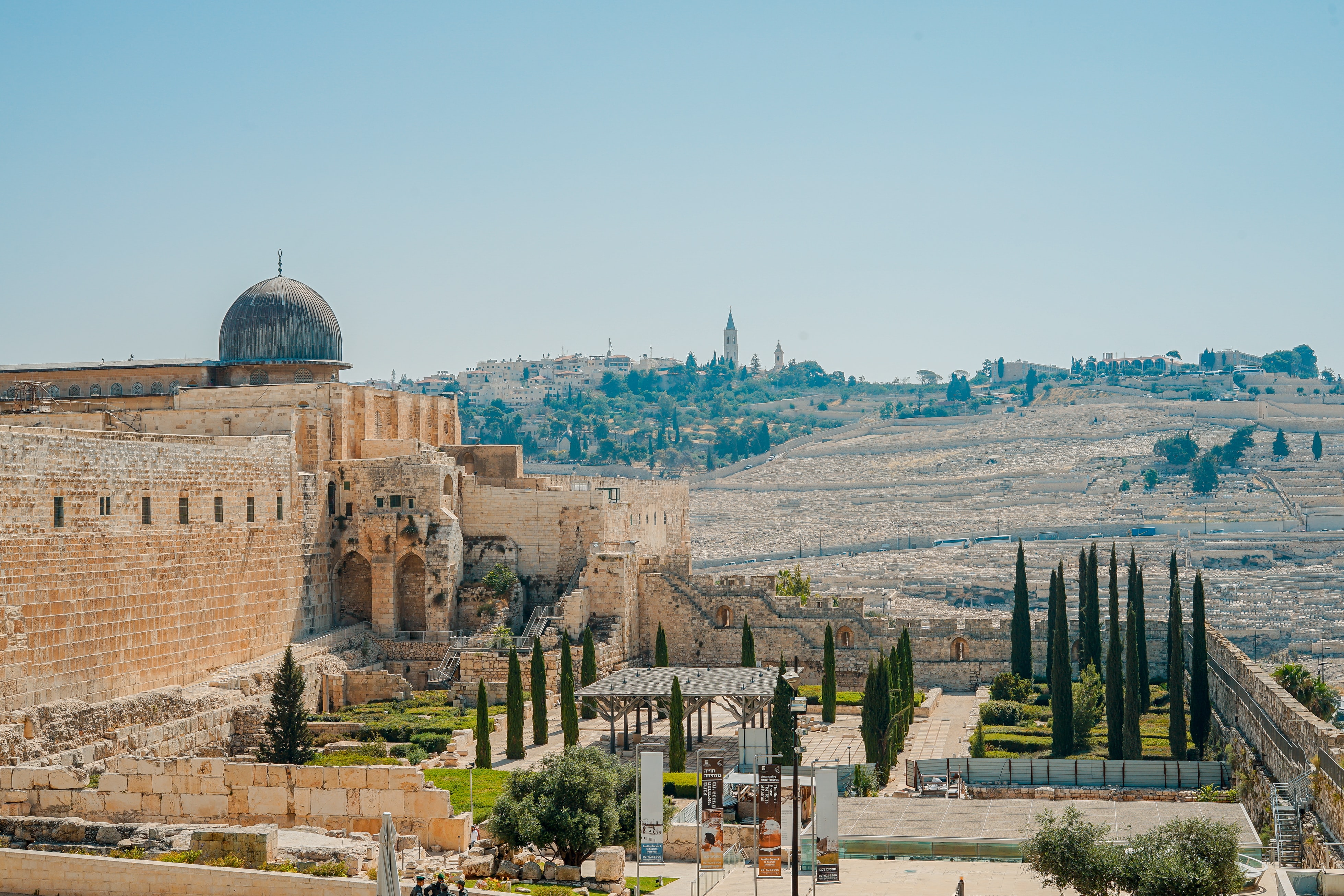
Al-Aqsa Mosque, Temple Mount. Photo by Toa Heftiba on Unsplash
The Crusader States
Once they had fulfilled their vows of pilgrimage, many of the Crusaders left the Holy Land to return to Europe. This, of course, left the problem of who would govern these now conquered territories. At first, there was some disagreement about what kind of government should be established. Godfrey of Bouillon refused to take on the title of ‘King’ since he wished Jerusalem to be a secular state. Eventually, he took on the title of ‘Defender of the Holy Sepulcher‘.
After Godfrey of Bouillon died suddenly of typhus (there was great mourning, and his body lay in state for several days, before being buried at the Church of the Holy Sepulchre) the throne passed to his brother Baldwin I, also known as Baldwin of Boulogne. His Latin Kingdom eventually boasted 15 cathedral churches including the Church of the Nativity in Bethlehem. Four large western settlements, or Crusader states, were eventually established, in Jerusalem, Edessa, Antioch, and Tripoli By 1112, Caesarea, Arsuf (Apollonia), Acre, Beirut, and Sidon had been captured. Crusader castles were built in Galilee.
In the meantime, all around the city of Jerusalem, you could see arts and crafts from different traditions - Latin gold workers on one side of the market, and Syrian goldsmiths on the other. Some pieces that you can see today even bear inscriptions, showing that they were made by an Islamic craftsman for a Christian purchaser!
Muslim people near Herod's Gate, next to the Old City of Jerusalem. Photo by Levi Meir Clancy on Unsplash
The French Influence of the Crusades
The vast majority of the Crusaders in the Jerusalem Kingdom were from France, not to mention the soldiers and knights who arrived in the next 200 years to act as reinforcements. Of course, with them they brought the French language, thus making Old French the lingua franca of the Levant. Without a doubt, King Baldwin was able to take advantage of the rivalries that existed between his Muslim enemies and soon extended his control along the Mediterranean coast.
The states were ruled very successfully for the next 20 or so years. But by 1131, the rule of the early Crusaders had come to an end. There was no more a policy of expansion, rather a consolidation of what had been captured. Unfortunately, the northern Crusader states were now endangered, since the Byzantines were preparing to go to war. In 1133, Edessa was captured and this would set the scene for the next chapter - the Second Crusade.
Analyzing the Crusades
So what was it all about? Some historians argue today that whilst the overriding initial motive for the Crusades was religious, many pilgrims succumbed to their darker impulses i.e. greed and a lust for power. What we do know is that the dead number is millions. Ultimately, the Crusades never did manage to create a ‘Holy Land’ that they envisaged would be part of Christendom but with their actions, they certainly changed history forever.
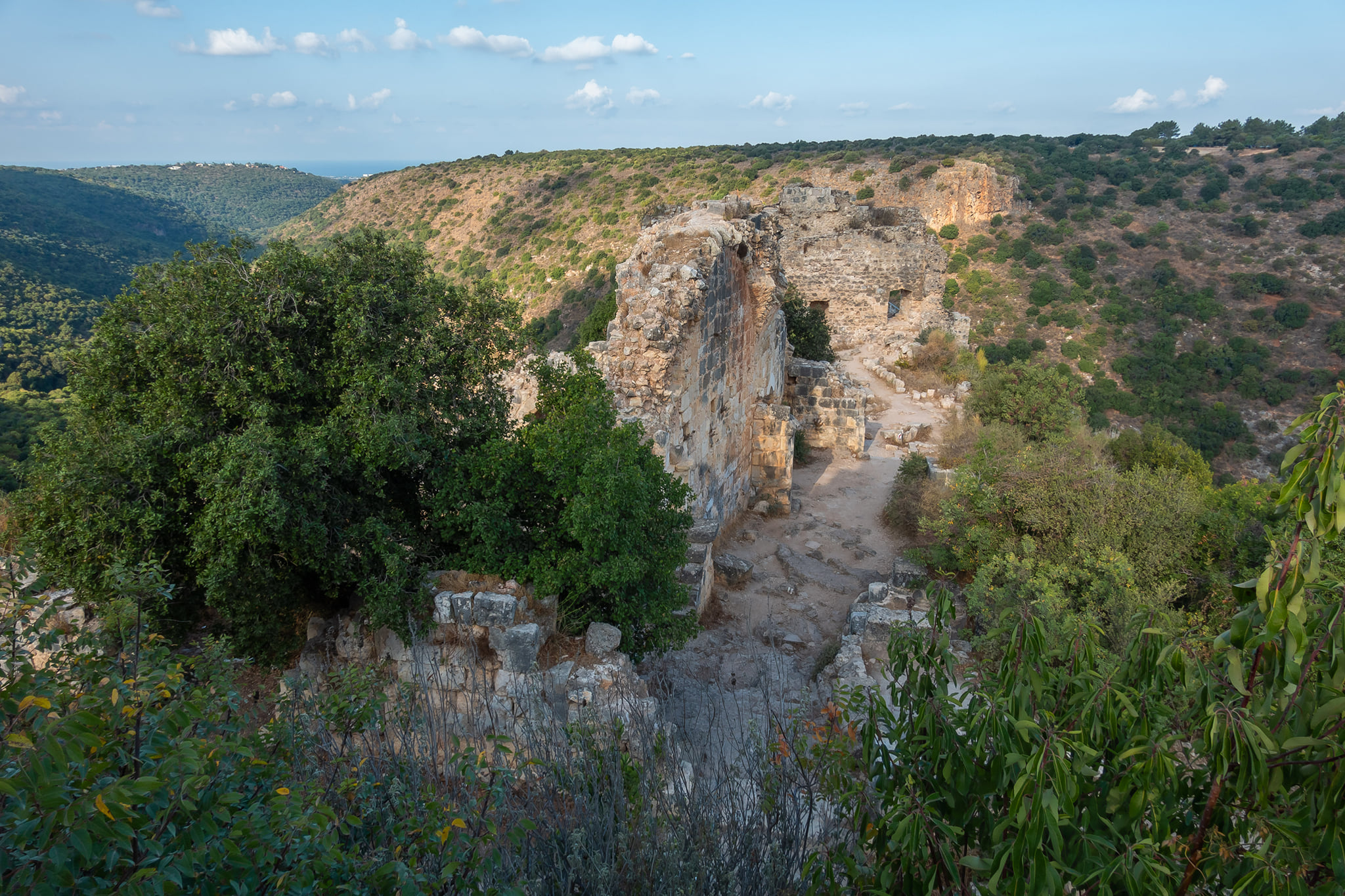
Montfort, the principal Crusader castle of the Teutonic Order, Israel. Photo credit: © Dmitry Mishin
What was the Impact of the Crusades?
The Crusades, over time, did not have the impact they had hoped insofar that Islam was not defeated - in fact, the actions of the Crusaders in what is now Israel eventually produced a backlash. When Saladin famously conquered Jerusalem in 1189, his plan was to avenge the slaughter of Muslims in Jerusalem by killing all of the Christians he found in the city. Luckily for them, he eventually agreed to let them ‘purchase’ their freedom, as long as they gave assurances that Jerusalem’s Muslim citizens be left unharmed.
Who controlled Jerusalem after the Crusades?
Without a doubt, Saladin’s achievements were astonishing - he unified the Muslim Near East, using a clever mixture of diplomacy and warfare. At the height of his power, his sultanate spanned Egypt, Syria, the Jazira (Upper Mesopotamia), the Hejaz (western Arabia), Yemen, parts of western North Africa, and Nubia.After defeating the Crusaders in the Battle of Hattin, he regained control over the city after 90 years of Christian occupation. Muslims across the world still consider this liberation of Jerusalem a great incident, particularly because Saladin restored the city’s religious, political, and social balance.
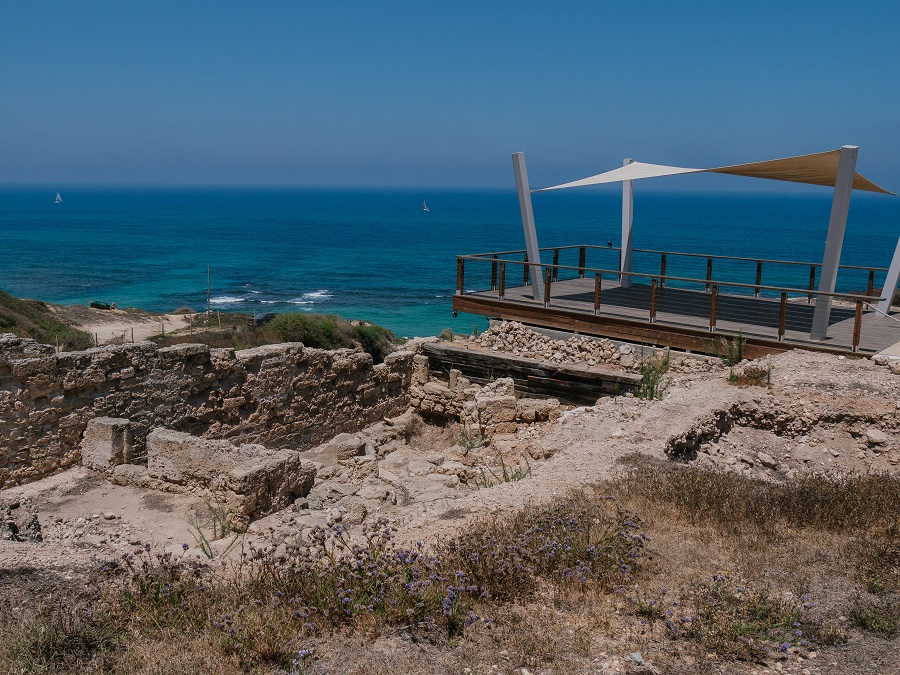
Arsur of Crusader Kingdom of Jerusalem, Apollonia National Park, Israel. Photo credit: © Dmitry Mishin
In the meantime, Europeans learned a great deal from this period of history too. They became better warriors - more adept at designing castles and using gunpowder. They learned a great deal from Muslim scholars about medicine and science, and eventually adopted their numbers system (1, 2, 3) which they found more straightforward than Roman numerals.The Crusaders also learned that the world was vast, and that beyond Jerusalem were India and China, places where they could buy and sell. Over the years, trade flourished and many goods were brought to Western Europe, including silk, spices, cotton, and lemons. Much was also learned about agriculture, the breeding of animals and flora, and fauna.
Today, of course, the argument still reigns about the Crusades and whether they were a legitimate reaction to Muslim aggression or simple colonial aggression. What we do know, however, is that the battle for Jerusalem was far from over - and that centuries of war would lie ahead, as armies wrestled for control of this extraordinary city.
If you are interested in Christian day tours feel free to contact us. If you are willing to visit some Crusader castles in Israel, let us know and we will elaborate a customized private tour for you.
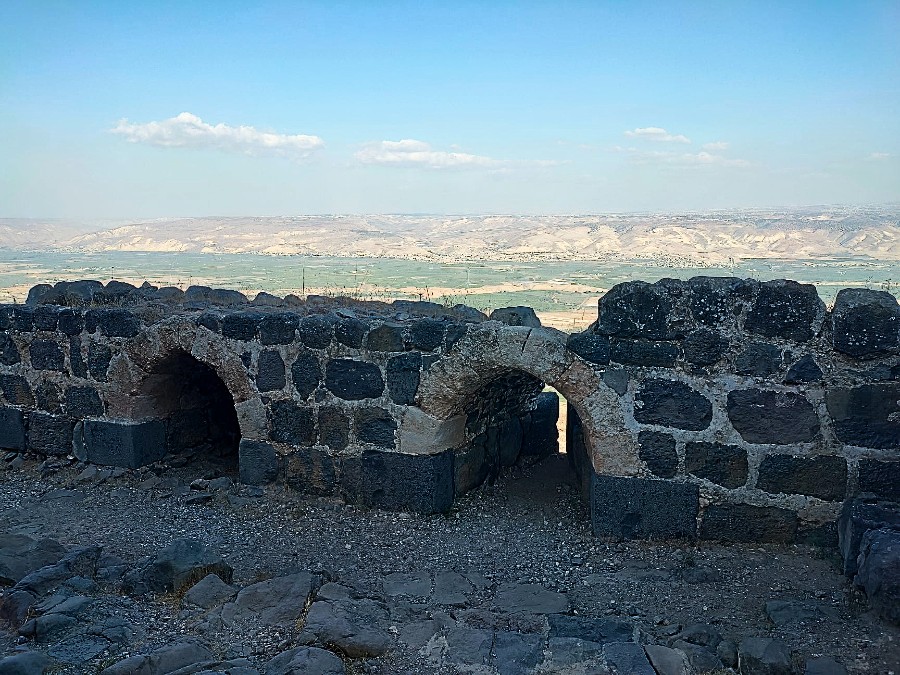
Belvoir Crusader Castle, Jordan Star National Park, Israel. Photo credit: © Dmitry Mishin
 Login / Register
Login / Register
 Contact Us
Contact Us
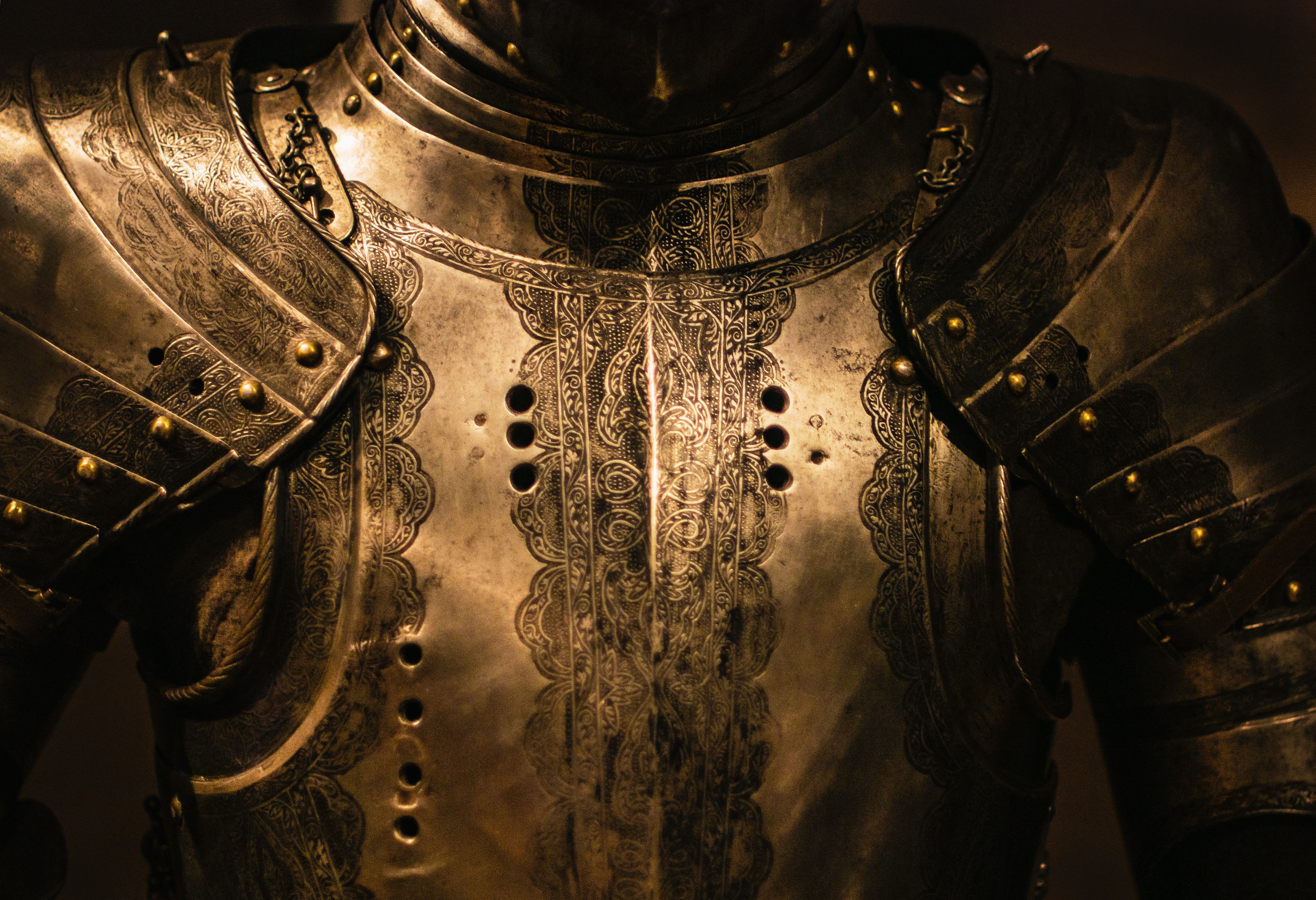
 Certificate of Excellence
Certificate of Excellence Guaranteed Departure
Guaranteed Departure Low Prices Guaranteed
Low Prices Guaranteed 24/7 Support
24/7 Support




